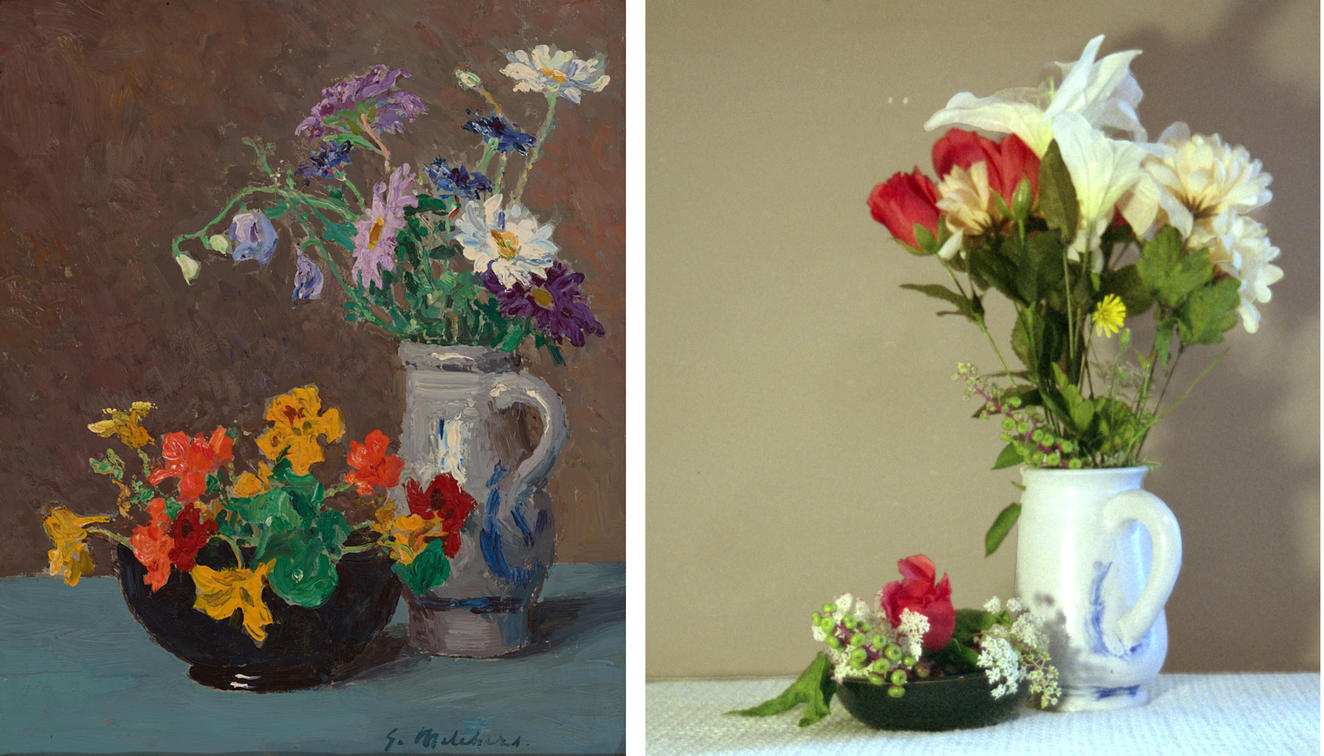Historically, there has been a differentiation between the fine arts and how they are valued within a culture or society. Painting and sculpture have been placed atop this hierarchy while the more “decorative arts” such as ceramics or photography are undervalued due to their utilitarian purposes. Ceramics is labeled as crafty and often referred to merely as “pottery” - despite being recognized and extremely popular in university fine arts programs. Like any genre within the arts, an artist must hone your skills, perfect your craft, and take the time to learn the medium. So why is one discipline so often viewed as top tier while the others fall by the wayside?
Take this painting, for example. It, like so many others, is a still life. Still lifes tend to represent inanimate objects as their subjects, such as flowers, fruit, textiles, etc. These objects are often placed in ceramic pieces. These works of art are the glue that holds the composition together. Still lifes then become portraits or windows that capture a specific time or place. There is evidence that these ceramic works are contemporary as they appear to have been thrown on the wheel, trimmed, and glazed. Coupled with the knowledge that this still life was painted in the early 1900s we now have a clearer view of this particular time when the artist was working. What would this painting be without its subject? The artist, Gari Melchers, chose these pieces for a reason if not for their aesthetic quality alone.
I have chosen to re-create this still life in two ways. The first step in doing so is to re-create the actual ceramic objects that bind this painting together. The second is to explore another artistic discipline that is often considered of low value. Photography is a second medium that is constantly being evaluated for its credibility in the art world. In order to capture my version of this still life portrait, I have taken a color film photograph of the subjects. Photography, like ceramics and painting, requires knowledge of subject and the skills to execute the artist’s ideas. By breaking down this still life into its key components, we can see what is considered important in the work. By dealing with the same subjects in different ways, an artist can solve the same problems through different mediums. No one genre of fine art should be prioritized over the other based on some fabricated hierarchy from an age that passed centuries ago.
Lindsay Savoie was the 2019 Andrew W. Mellon Summer Intern in Registration. Lindsay is a senior at Rhode Island College pursuing a B.F.A in ceramics and a B.S. in art education with a photography concentration.
